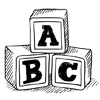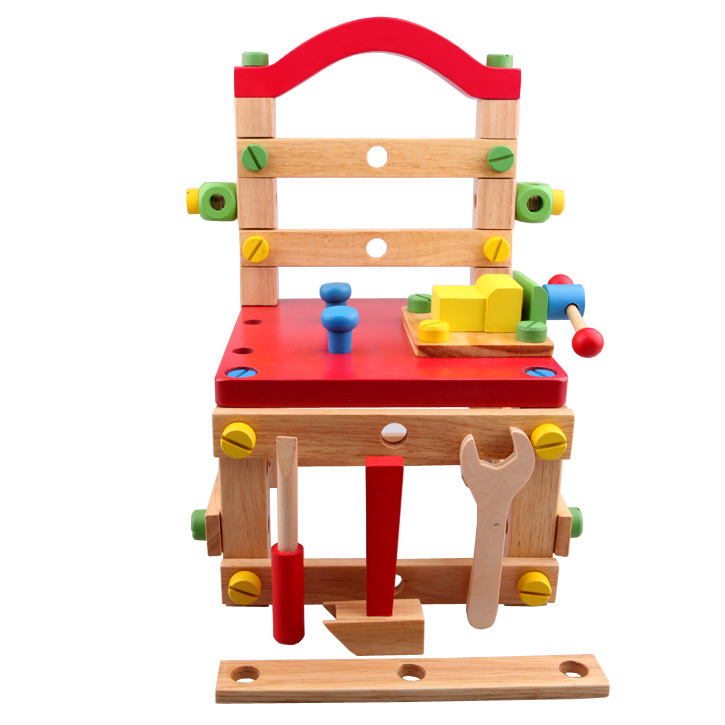Introduction: The journey of wooden blocks spans centuries, transforming from a classic toy cherished by generations to a modern learning tool embraced by educators and parents worldwide. This evolution highlights the enduring appeal and adaptability of wooden blocks to meet the changing needs of education and child development. In this blog, we’ll explore the evolution of wooden blocks and their role as a versatile and valuable learning tool in the modern era.
- Traditional Play and Nostalgia: Wooden blocks evoke nostalgia for previous generations and continue to delight children with their simplicity and timeless play value.
- STEAM Education: In the modern era, wooden blocks are integrated into STEAM (Science, Technology, Engineering, Arts, and Mathematics) education, encouraging interdisciplinary learning and problem-solving.
- Montessori and Reggio Emilia Approaches: Educational philosophies like Montessori and Reggio Emilia have embraced wooden blocks as essential tools in fostering child-led, hands-on learning experiences.
- Inclusive and Special Education: Wooden blocks have found a place in inclusive and special education settings, accommodating diverse learning styles and abilities.
- Digital Integration: With the advent of technology, wooden blocks have evolved to include digital components, offering interactive and augmented reality learning experiences.
Conclusion: The evolution of wooden blocks showcases their adaptability and continued relevance in the modern era. From traditional play and nostalgia to integration into STEAM education, Montessori and Reggio Emilia approaches, inclusive and special education, and digital integration, wooden blocks have proven their versatility as a valuable learning tool. As we look to the future, wooden blocks will undoubtedly continue to be cherished as a timeless and effective means of fostering creativity, exploration, and learning in children of all ages and backgrounds.








